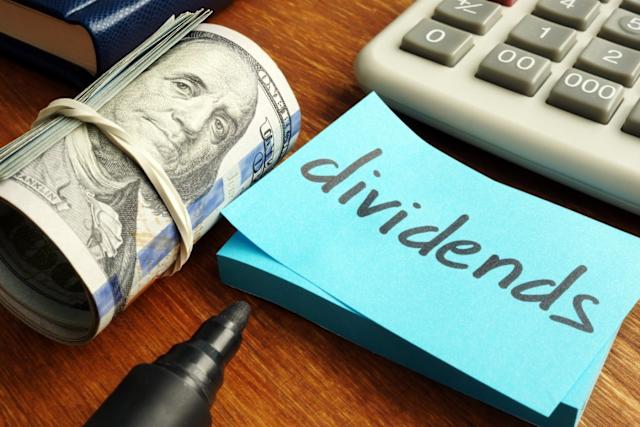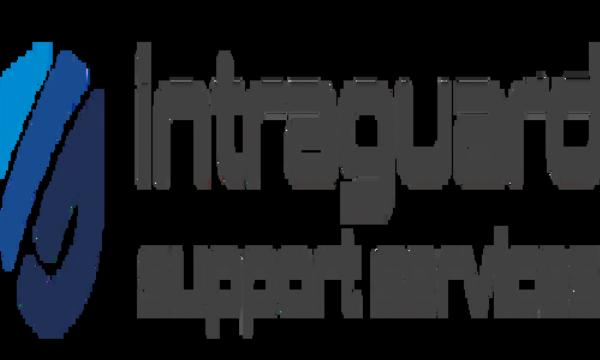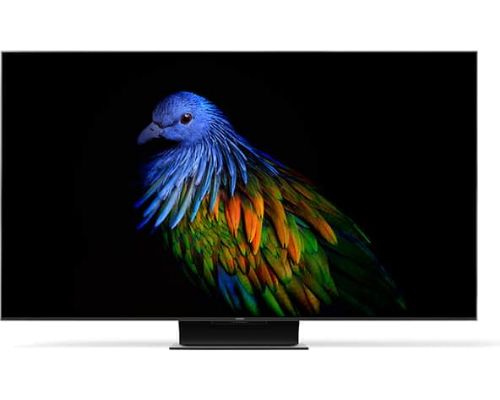
Key Points
-
Exchange-traded funds (ETFs) provide a convenient way for investors to get a basket of quality dividend stocks.
-
The iShares Core High Dividend ETF is one of the most popular high-yield ETFs.
-
There are several dividend ETFs that offer great yields, but one slightly beats out the competition.
-
10 stocks we like better than iShares Trust - iShares Core High Dividend ETF ›
Artificial intelligence (AI), big tech, and cryptocurrencies all have their fans among investors, and with good reason. All can add to a well-balanced portfolio that will help make you richer over time. But you shouldn't forget about income investing -- buying stocks that reward you for holding them by paying a nice, sizable dividend on a regular basis.
Rather than trying to pick one or two (or 12) dividend stocks, many investors turn to exchange-traded funds (ETFs) to do the heavy lifting. Dividend ETFs are popular go-to options for investors who are seeking a passive income flow. One of the most popular is the iShares Core High Dividend ETF (NYSEMKT: HDV), a fund that has more than $11 billion in assets and trades roughly 400,000 shares per day.
About the HDV ETF
HDV tracks the Morningstar Dividend Yield Focus Index, which screens for companies with strong balance sheets and a wide economic moat -- exactly what a passive income investor is looking for. It holds 76 stocks, with top holdings including ExxonMobil, Johnson & Johnson, AbbVie, Chevron, AT&T, and Coca-Cola.
Those are important names to know, because fully 50% of the fund is weighed in its top 10 holdings -- that means the fund can be a little overweight toward top names, but those companies are also some of the best dividend stocks you can buy. HDV offers a dividend yield of 3.7% and has a minuscule expense ratio of 0.08, or $8 annually for each $10,000 invested.
But HDV isn't your only option. There are several quality ETFs in the market that offer investors the opportunity to bring in regular income and provide instant diversification. Let's take a look at some of the alternatives:
| Statistic | HDV | SCHD | VYM | SPYD |
|---|---|---|---|---|
| Price-to-earnings ratio | 16.2 | 13.6 | 16.1 | 14.3 |
| Price-to-sales ratio | 2.3 | 1.4 | 1.7 | 1.3 |
| Number of equity holdings | 76 | 99 | 585 | 77 |
| Dividend yield | 3.7% | 3.9% | 2.9% | 4.5% |
| Expense ratio | 0.08 | 0.06 | 0.06 | 0.07 |
Data sources: Morningstar, author research.
Schwab U.S. Dividend Equity ETF (NYSEMKT: SCHD): This fund focuses on stable dividend-paying stocks by tracking the Dow Jones U.S. Dividend 100 Index. With 99 equities in its portfolio, SCHD has a lot of blue chip names, including Chevron, ConocoPhillips, Merck, Texas Instruments, and Cisco Systems. SCHD pays a dividend yield of 3.9%, and its expense ratio is a bit lower than HDV at 0.06.
Story ContinuesVanguard High Dividend Yield Index Fund ETF Shares (NYSEMKT: VYM): Vanguard index funds are always popular picks, and they typically do a great job. VYM tracks the FTSE High Dividend Yield Index and is the most diversified on this list, holding 585 stocks. Top names include Broadcom, JPMorgan Chase, ExxonMobil, Walmart, and Procter & Gamble. While the expense ratio is slightly lower than HDV at 0.06, VYM also provides a lower yield at 2.9%.
SPDR Portfolio S&P 500 High Dividend ETF (NYSEMKT: SPYD): This ETF tracks the S&P 500 High Dividend Index, which is an equal-weighted index of the 80 highest-yielding stocks in the S&P 500. Top names here include Philip Morris International, Hasbro, AT&T, CVS Health, and Crown Castle. SPYD has the best yield of the ETFs that we're considering, coming in at 4.5%, and the expense ratio is 0.07.
Picking a winner
Honestly, there's no cut-and-dried answer here. SCHD has great blue chip names; VYM provides the best diversification; and SPYD has the advantage of an outstanding dividend yield.
If I have to make a choice for a high-yield ETF, I'm going with the HDV ETF by a nose, for two simple reasons. First, it's outperformed the other ETFs on this list year to date, providing nearly a 5% gain. And second, the HDV provides the best dividend on a dollar-and-cents basis, paying out $0.91 during the past year. That's an important distinction when you think about holding on to a passive income ETF for a long time.
To reiterate, this is a strong group of dividend ETFs. The best choice usually rests with the individual investor. But for me, HDV is the call.
Should you invest $1,000 in iShares Trust - iShares Core High Dividend ETF right now?
Before you buy stock in iShares Trust - iShares Core High Dividend ETF, consider this:
The Motley Fool Stock Advisor analyst team just identified what they believe are the 10 best stocks for investors to buy now… and iShares Trust - iShares Core High Dividend ETF wasn’t one of them. The 10 stocks that made the cut could produce monster returns in the coming years.
Consider when Netflix made this list on December 17, 2004... if you invested $1,000 at the time of our recommendation, you’d have $713,547!* Or when Nvidia made this list on April 15, 2005... if you invested $1,000 at the time of our recommendation, you’d have $966,931!*
Now, it’s worth noting Stock Advisor’s total average return is 1,062% — a market-crushing outperformance compared to 177% for the S&P 500. Don’t miss out on the latest top 10 list, available when you join Stock Advisor.
See the 10 stocks »
*Stock Advisor returns as of June 30, 2025
JPMorgan Chase is an advertising partner of Motley Fool Money. Patrick Sanders has no position in any of the stocks mentioned. The Motley Fool has positions in and recommends AbbVie, Chevron, Cisco Systems, Crown Castle, JPMorgan Chase, Merck, Texas Instruments, Vanguard Whitehall Funds - Vanguard High Dividend Yield ETF, and Walmart. The Motley Fool recommends Broadcom, CVS Health, Hasbro, Johnson & Johnson, and Philip Morris International. The Motley Fool has a disclosure policy.
HDV Is a Popular Dividend ETF for Passive Income. But Is It the Best? was originally published by The Motley Fool
While HDV ETF offers a popular means of achieving passive income through dividends, the search for superiority in such investments always entails examining other options with different strategies and risk profiles.
Considering its consistent returns and low expenses, HDV remains an appealing option for passive income enthusiasts. However , investors should also assess if there are equally reliable yet potentially more diversified ETFs given the market'correlations today .
While HDV provides a popular means for generating passive income through dividend-focused ETFs, it'll be crucial to consider various factors including expense ratios and sector diversification before declaring its supremacy in the field of seekers.
While HDV serves as a popular dividend ETF for achieving passive income, its efficacy compared to other best-in-class options deserves careful consideration before committing capital.
While HDV serves as a popular choice for passive income investors through its dividend ETF offering, it is crucial to evaluate whether other options with potentially higher yields or more diversified holdings might not outperform in the long run.
While HDV ETF offers a popular avenue for achieving passive income through dividend-paying stocks, it is crucial to evaluate its performance and costs in comparison with other dividend focused exchange traded funds (ETFs) available on the market.
While HDV serves as a widely held option for passively generating income via dividend ETFs, its suitability often comes under scrutiny due to the potential variability of division growth compared with more specialized multifaceted strategies in achieving optimal passive returns














